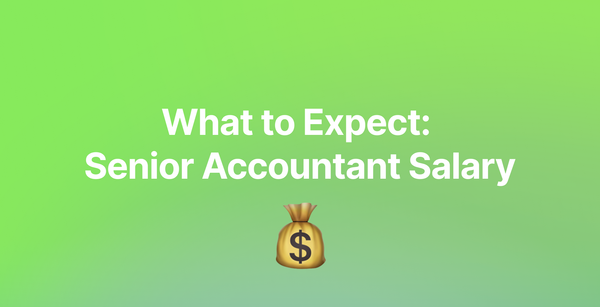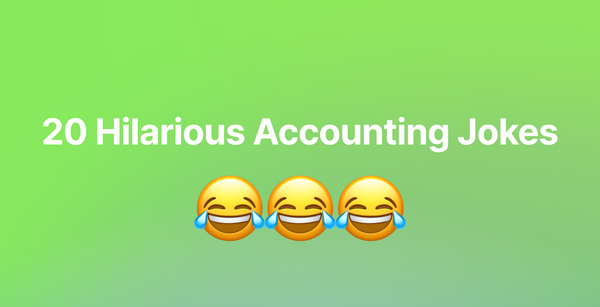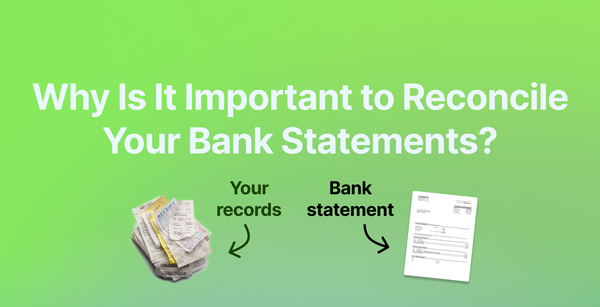How to Spot Fake Bank Statements: A Complete Guide
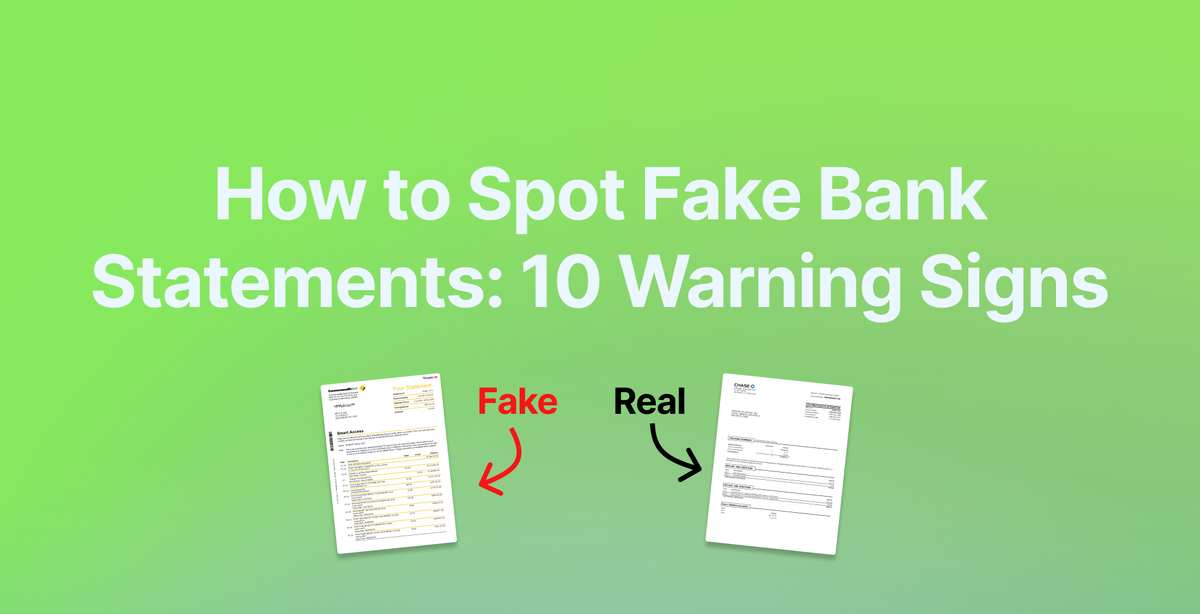
With a variety of sophisticated document manipulation techniques available, fake bank statements are on the rise and being used illegally for financial gain.
Using a tool like a bank statement converter to perform bank reconciliation is one of the best ways to check if a statement has been altered.
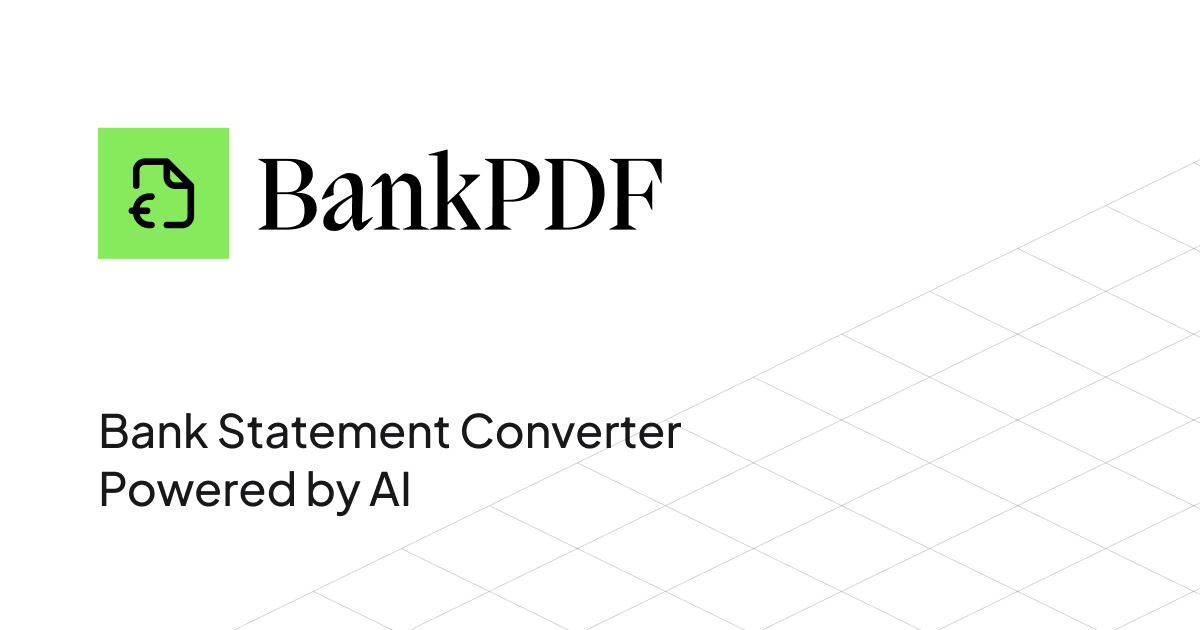
In this guide, we explain the 10 warning signs to look for and detect a fake bank statement.
Why Do People Fake Bank Statements?
First of all, bank statements are very powerful documents used to prove the financial situation of both individuals and businesses.
According to the FBI's Internet Crime Report, financial document fraud resulted in losses exceeding $4.2 billion in 2024, with falsified bank statements significantly contributing to this figure.
Understanding the motivations behind fake bank statements helps in better detection and prevention. Common scenarios include:
1) Loan applications: Individuals may fake bank statements to show higher balances or consistent income to qualify for loans.
Example: In 2024, a real estate professional in California was convicted for his role in a home mortgage fraud scheme involving more than $50 million in loans using fake bank statements.
2) Rental applications: Prospective tenants might fake their bank statements to meet minimum income requirements for property rentals.
3) Government benefits: Fraudsters may use fake bank statements to be eligible for pensions and other government benefits.
Example: The UK Government lost around £8.6bn to fraud and error overpayments in 2024 alone and is now cracking down on it.
3) Business transactions: Companies might manipulate statements to appear more financially stable when seeking partnerships or investments.
4) Employment verification: Job candidates may falsify statements to demonstrate financial responsibility or meet specific job requirements.
5) Visa applications: International travelers might modify statements to meet visa financial requirements.
10 Common Signs of a Fake Bank Statement
We've surveyed ~50 of our clients (all accountants and finance professionals), and have identified these 10 warning signs about fake bank statements:
1. Inconsistent Formatting and Layout
Legitimate banks maintain strict consistency in their document formatting. Watch for:
- Misaligned columns or irregular spacing
- Inconsistent font types or sizes throughout the document
- Varying header or footer positions across pages
- Irregular margin sizes or page breaks
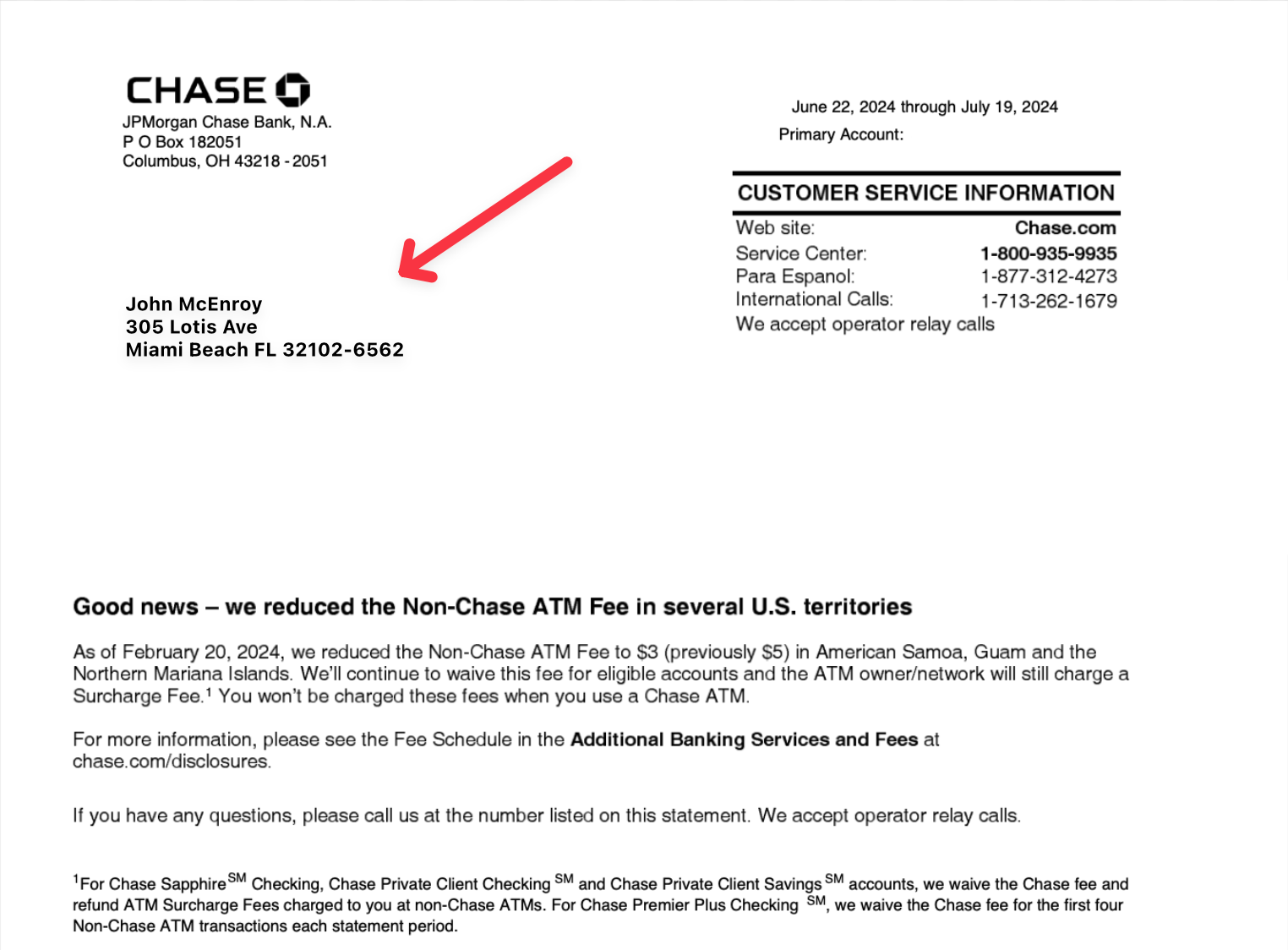
2. Bank Statement Reconciliation Errors
One of the most reliable indicators of tampering is mathematical inconsistencies when running a bank statement reconciliation:
- Running balance calculations don't add up
- Transaction amounts don't match the stated totals
- Rounding errors in calculations
- Inconsistent decimal place formatting
3. Quality Issues in PDF Format
Digital manipulation often leaves telltale signs:
- Pixelation around numbers or text
- Blurry or low-resolution areas
- Inconsistent background coloring
- Visible editing artifacts or compression issues
4. Suspicious Transaction Patterns
Authentic bank statements typically show natural transaction patterns:
- Too-perfect round numbers in multiple transactions
- Unrealistic transaction timing or sequences
- Lack of typical recurring charges (utilities, subscriptions)
- Absence of normal daily spending patterns
Example: real bank statements usually show a shopping charge of $72.11 or an ATM withdrawal of $102.34. On the other hand, a fraudulent statement will usually show transactions with clean and round figures like $100, and $300 which are very uncommon totals for real-life purchases.
5. Missing or Incorrect Security Features
Modern bank statements include various security elements that fake bank statements might lack. A few warning signs:
- Absence of bank watermarks
- Missing account masking (showing full account numbers)
- Lack of standard security disclaimers
- Invalid or missing routing numbers
6. Font Inconsistencies
Banks use specific, consistent fonts throughout their documents:
- Mixed font families within the same document
- Varying character spacing or alignment
- Inconsistent bold or italic usage
- Different font sizes for similar information types
7. Incorrect Date Formats
Date formatting is standardized within banking institutions:
- Inconsistent date formats throughout the document
- Impossible dates (like February 30th)
- Misaligned transaction dates with statement periods
- Weekend dates for standard banking transactions
8. Account Information Irregularities
Legitimate statements maintain consistent account information:
- Mismatched account numbers across pages
- Incorrect routing number formats
- Inconsistent account holder information
- Missing or incorrect bank branch details
9. Logo and Branding Issues
Banks maintain strict branding guidelines:
- Poor quality or pixelated bank logos
- Incorrect bank branding colors
- Outdated bank logos or names
- Misplaced or inconsistent brand elements
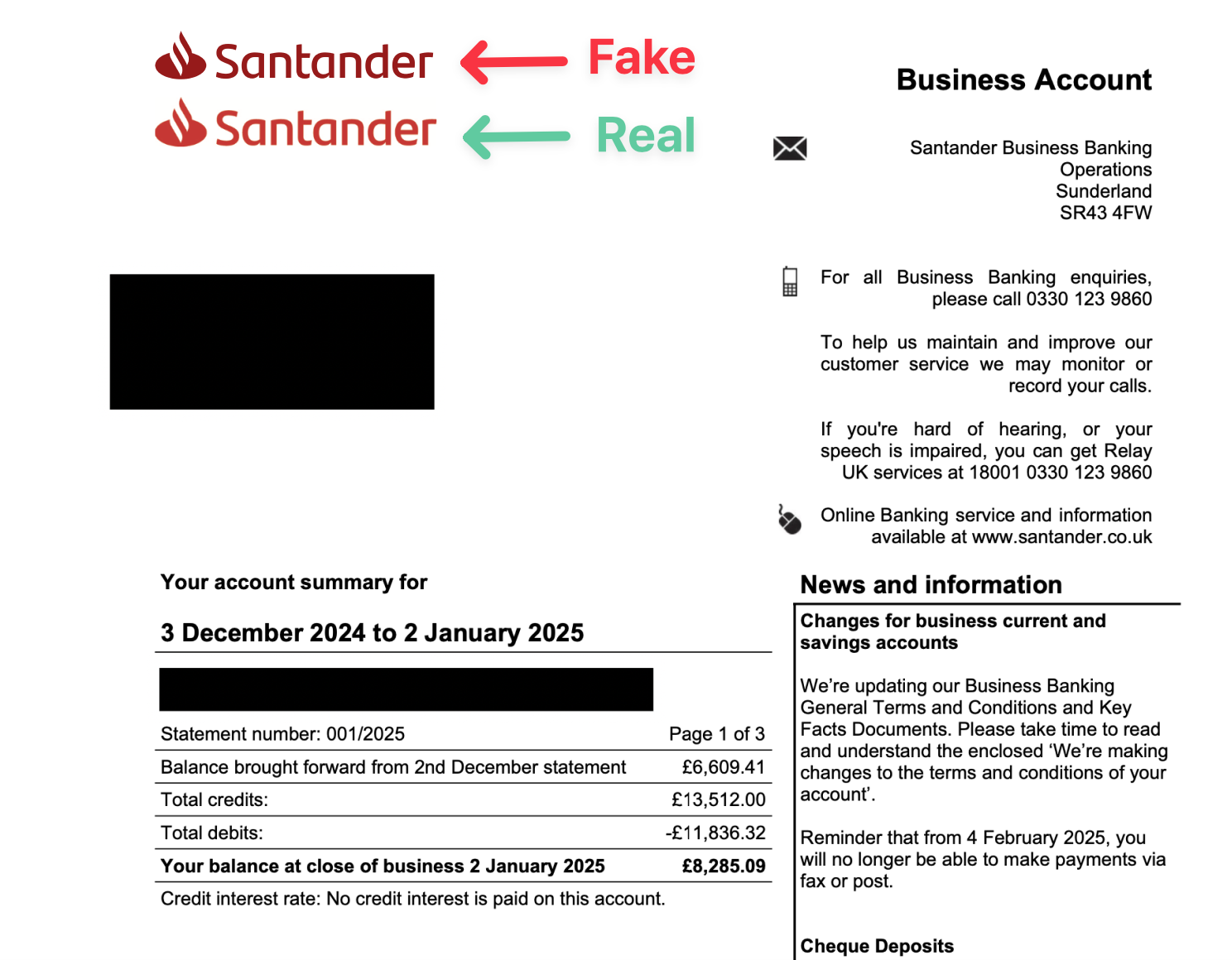
10. Page Numbering and Statement Period Inconsistencies
Proper pagination and period reporting are crucial:
- Missing or incorrect page numbers
- Inconsistent statement periods
- Missing transaction continuity between pages
- Irregular statement cycle dates
Automating Bank Statement Reconcilication with BankPDF
Modern technology offers solutions to streamline bank statement verification and detect fake bank statements quickly.
PDF to CSV converters allow you to convert a bank statement to Excel so you can streamline bank statement reconciliation.
With BankPDF's 99.9% accuracy conversion and format consistency checking, it's easier to reconcile bank statements and detect fake ones.
Conclusion
With financial document fraud increasingly sophisticated, knowing how to spot fake bank statements has become essential for businesses and financial professionals.
The combination of manual verification techniques and automation tools like BankPDF provides a robust defense against fraudulent documents.
By implementing these verification methods and utilizing appropriate tools, organizations can significantly reduce their exposure to financial document fraud.
Frequently Asked Questions about Fake Bank Statements
To end this guide, we've compiled commonly asked questions and have answered them below.
Are fake bank statements illegal?
Yes, creating or using fake bank statements is illegal and considered fraud. It can result in severe penalties, including fines and imprisonment, depending on the jurisdiction and the nature of the fraud.
Can fake bank statements be detected by banks?
Yes, banks have sophisticated detection systems and trained personnel to detect fraudulent statements. They use various methods, including digital verification tools, security feature checks, and cross-referencing with actual account data.
How common is bank statement fraud?
Bank statement fraud is increasingly common, with financial institutions reporting a 34% increase in detected cases between 2022 and 2024. The rise of digital editing tools has made it easier to create convincing forgeries.
Can PDF bank statements be edited?
While PDF files can be edited using various software tools, legitimate bank statements often include security features and digital signatures that make tampering detectable. Modern verification tools can identify signs of PDF manipulation and detect fake bank statements.
How do banks verify bank statements' authenticity?
Banks use multiple methods to verify statement authenticity, including digital signature verification, security watermark validation, account number and routing number verification, transaction record cross-referencing, and format and template validation.


